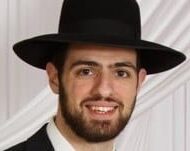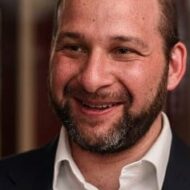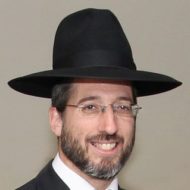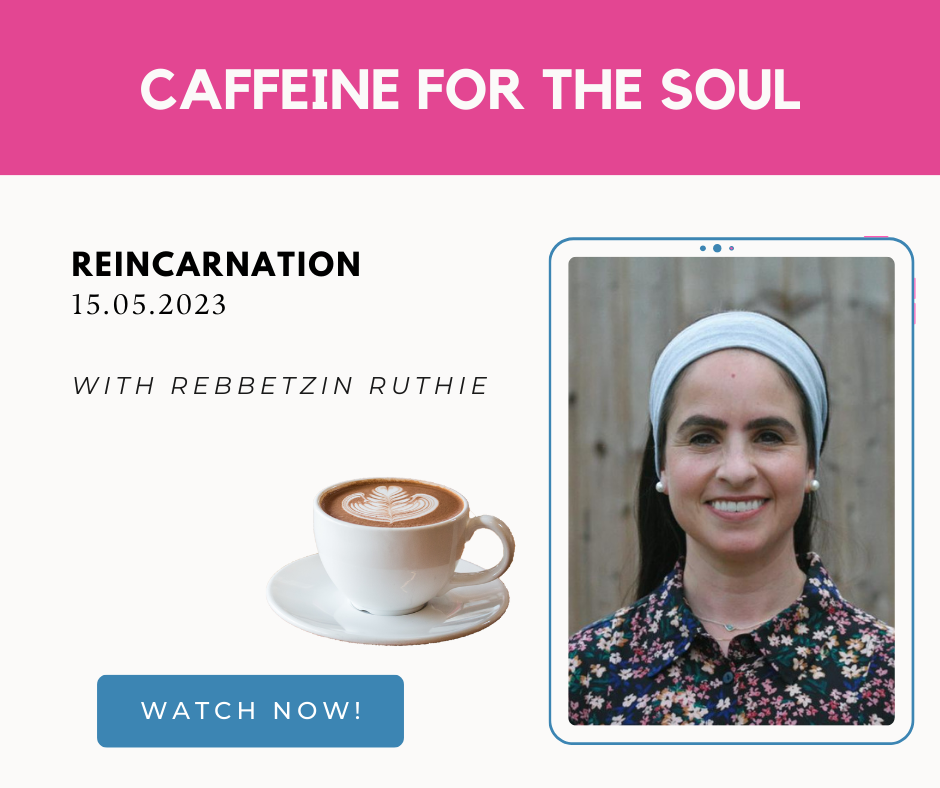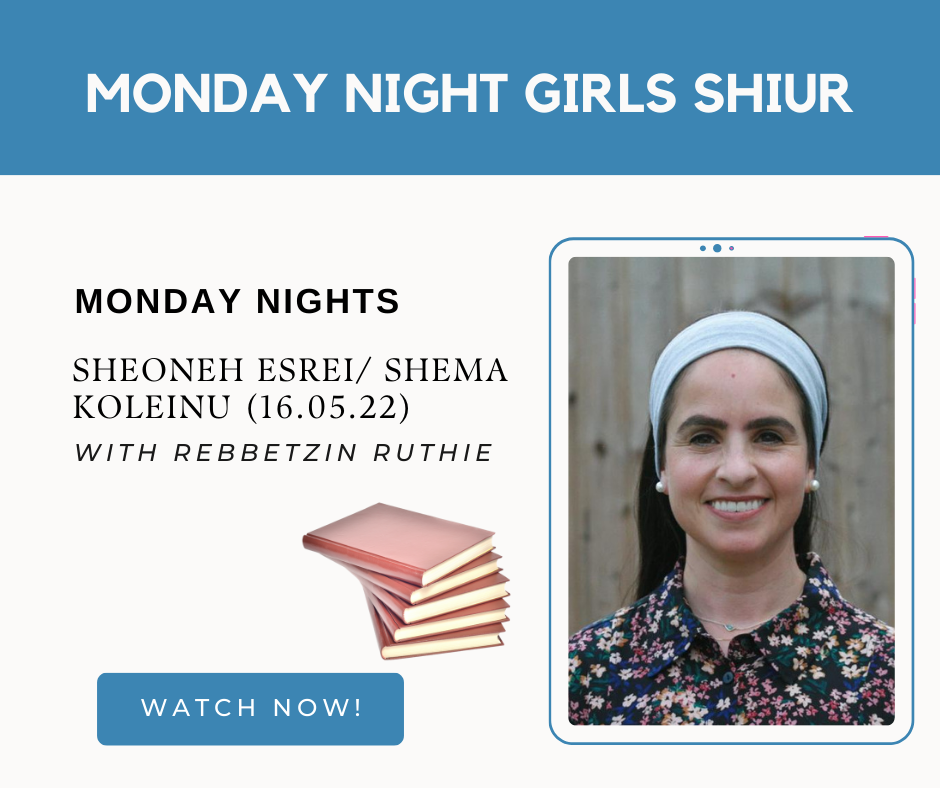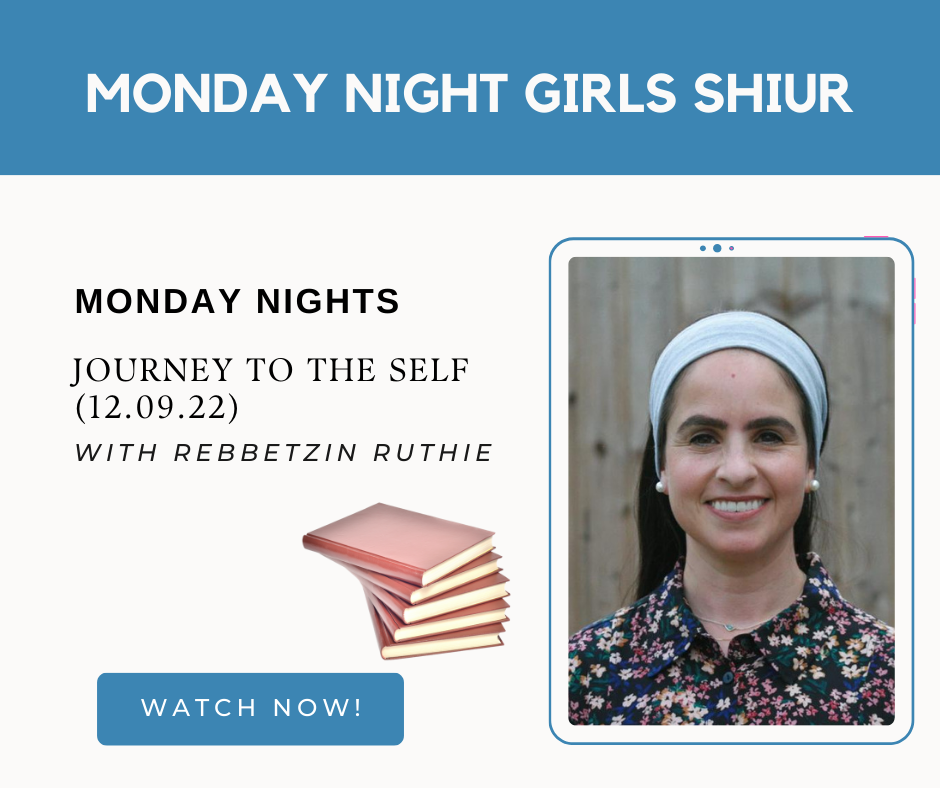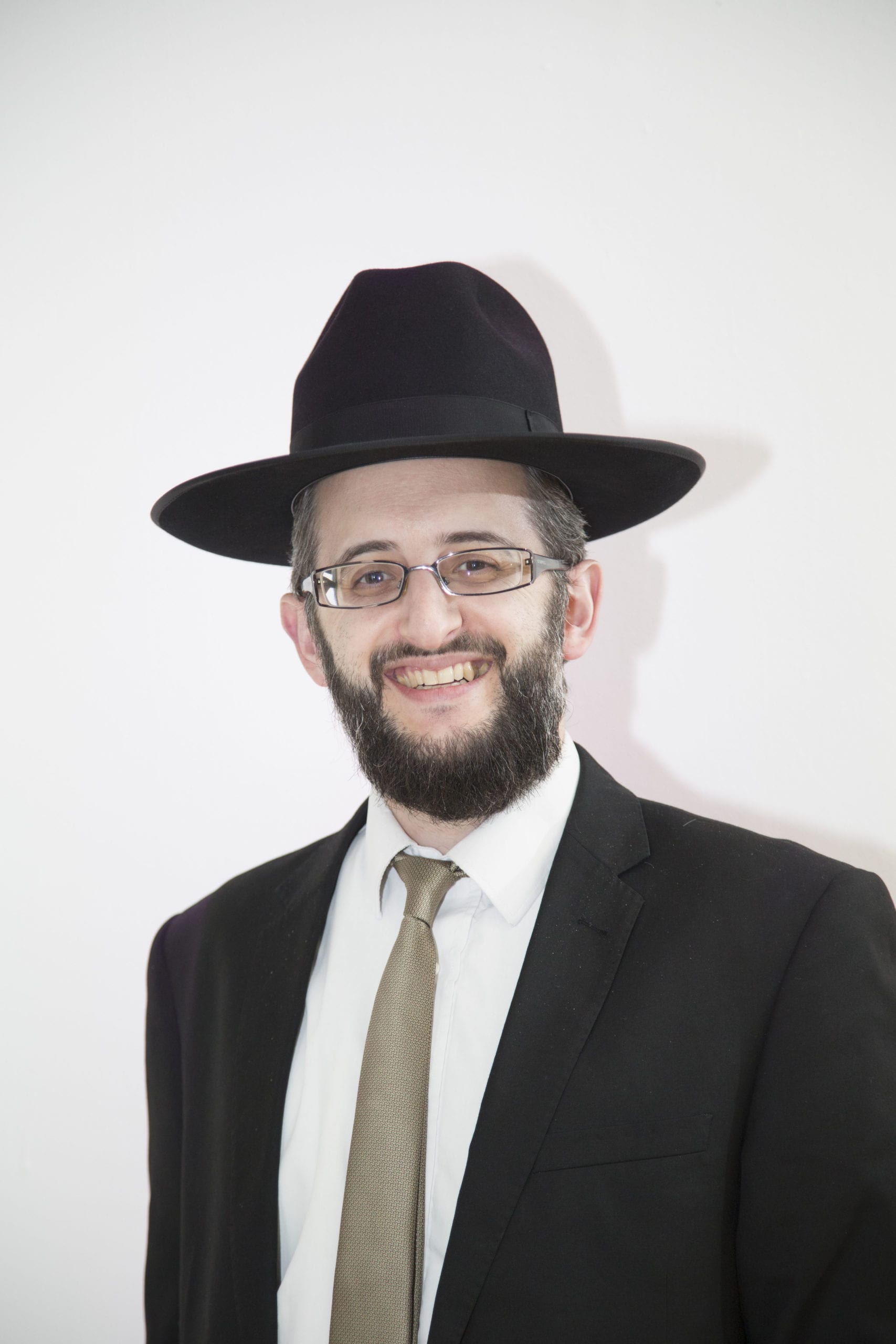
Shabbat Chazon is the call to the annual global meeting. A meeting of pain, collective tragedy and a meeting of introspection. This meeting does not take place in executive board rooms, but on hard floors. Those who attend are forlorn, fasting and most of them hopefully cry during this meeting.
As the most persecuted of nations we could mourn daily, but we keep our emotions in check, bar one day when the wellsprings from within surge forth.
Our Sages have a well know axiom “the gates of tears are never closed”. The Gerrer Rebbe z”l once asked if the gates are never closed, why did Hashem make them in the first place?
He suggested that although sincere tears always gain admission above, the gates are needed to shut out false tears which are abominable to God. Rabbi Feur suggests that although not “locked” they are closed – and can only be opened as far as the flow of tears will push them.
Of all the Gematriyot (numerical calculations) I have come across, it is one of the Yaabevtz that is the most beautiful. He pointed out that “Bechi” weeping = 32. The same numerical value of Lev/Heart. Tears are only meaningful, if they are sincere expressions of the heart. ShifchiKamayimLibech (Eicha 2:19) – The Prophet reminds us to pour our hearts out!
It is said that the Chatam Sofer would already be sobbing in anticipation of this day. He would collect every tear in a cup and when he ate his final meal dip his bread into the tears and ashes. Thus fulfilling the passuk in Tehilim “Ki EferKalechemAchalti For I have eaten ashes like bread – and mixed my drink with my tears.” (102)
Real tears are shed out of a deep sincere feeling and are the most genuine expressions of the human essence. Rav Hirsch put it beautifully… “Tears are the sweat of the soul”. When we are moved honestly or agitated we cry!
Rabbi Aryeh Levin z”l, was a man of rare compassion. He visited a recently widowed woman. She broke down into wailing sobs and he tried to console her.
“Rabbi I will accept your words or consolation on one condition. Tell me where are my tears? I prayed & prayed for my late husband, I said Tehillim after tehillim, and shed 1000s of tears. Why were they wasted?”
Gently he replied “After 120 you will ascend to the world of truth and you will see how meaningful those tears were,. You will discover that God himself gathered them and counted ever single drop. And when a harsh decree was looming over the Jewish People, one of your tears came and washed away that evil decree. One sincere tear can be a source of a Yeshua, salvation!
Upon hearing his message she began to cry. This time not with tears of sorrow and grief, but of courage and hope.
Rav Yehudah Sadkaz”l, said it poignantly. “Tears shed on Tisha B’av are tears of hope”. One doesn’t cry over something that cannot be rectified. If someone loses a relative the pain is real and tears flow. But they don’t flow forever.
After a year the gift called “forgetting” kicks in and one moves on with life. And yet for almost 1950 years Jews gather to sit and mourn. The tears are indicative that there is a future, there is hope!
Our Rabbis understood that it is very hard to suddenly become mourners. Especially for something that occurred so many years ago. Which is why we have been building up to this moment the last 3 weeks. The 3 weeks physiologically prepare us for the night of mourning.
And yet the Sefat emet was asked “What should one do if he feels no anguish over the Churban(Destruction)? “He should be consumed with pain and anguish over his own personal Churban. If a Jew doesn’t feel pain over the Churban – it shows his soul is in a wretched state”.
All of us feel the loss to some degree. But it is incredibly hard for one generally not emotional to shed tears. Perhaps then we should be focusing on more recent events to be the conduit to open up those channels behind our eyes.
All calamities and tragedies that have befallen our people are connected directly to the destruction of our Temples, and the Churban most fresh in our minds occurred a mere 60 years ago. And that we can cry over.
I have been privileged to lead ten trips to Poland together with the amazing organisation JROOTS. On a recent trip to Poland, whilst standing in the death camp of Birkenau, I shared the following story with our group.
Rav Yona Furst was born in Vienna, and became great torah scholar. He was deported to Slovakia, and through the intervention of Rabbi Weissmandl, he returned to the city of Nitra. In 1944 he was deported to Auschwitz.
He survived the war and became the Mashgiach (Spirtual Dean) of Nitra Yeshiva in Mount Kisco. He used to elaborate on specific incidents, highlighting the great strength and faith of our people.
Towards the end of the war he was relocated to the Theresienstadt concentration camp. Rosh Hashana 1944, at clear risk to their lives, group of Jews gathered in secret for prayer.
“It was not hard to imagine the outpouring of emotions at this time. People who only short while earlier spent holidays with their family, now stood in shadow of death. It is clear that their heartfelt prayers burs the gates of heaven open.”.
When the service finished, one inmate asked “What about Kiddush?” Prisoners stared in shock; contemplating wine in Theresienstadt was like trying to fly to the moon!
“Listen my friends and you will appreciate the spiritual wellsprings that lie dormant in every soul! Even at the gates of death, our holy nation did not lose its G-dly image… I Suggest we make a kiddushshemshomayim – a public sanctification of Hashem’s name, the like of which the world has never witnessed in history!!
Let us make Kiddush on a commodity so dear, available in great quantities, even in this hell! Let us substitute wine for our tears! Tears that break all iron barriers!”
A cup was placed in the room and in moments it was filled with the hot tears of those unfortunate Jews. He raised his voice and began the traditional melody for the Rosh Hashana Kiddush “Asher bacharbanumikol am… who has chosen us from all the nations”
“It is hard for a mortal to envision the deep pride and holiness that permeated us at that moment. Despite our beatings, and sufferings, we were still Hashem’s children, that lifted us up from other nations and sanctified us with a heavenly holiness – unparalleled by any other nation!!”
The Talmud reminds us that Kolhamit-abel al Yerushalayimzochehv’roehbesimhatah — “Whoever mourns for Jerusalem will be worthy to witness her jubilation” (Baba Batra 60b)
May we find the inner strength to reflect and feel the pain of our people and may we be worthy to shed tears of joy, with the rebuilding of our 3rd Temple, speedily in our days. Amen.
